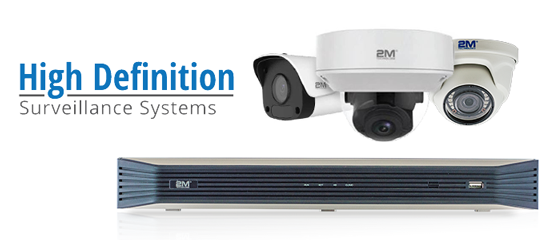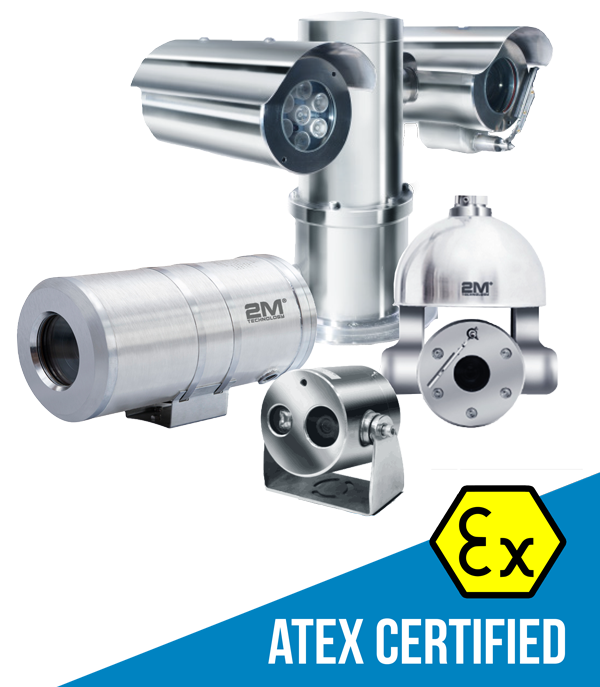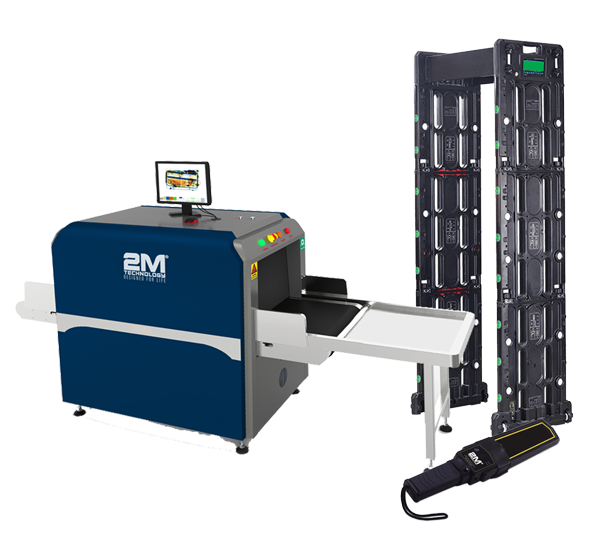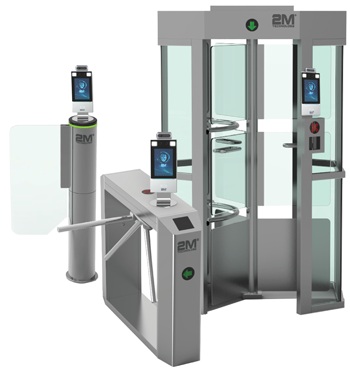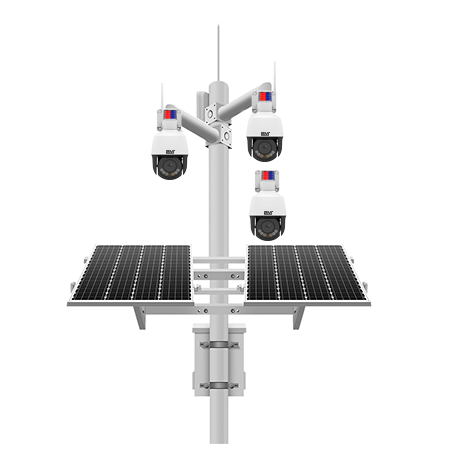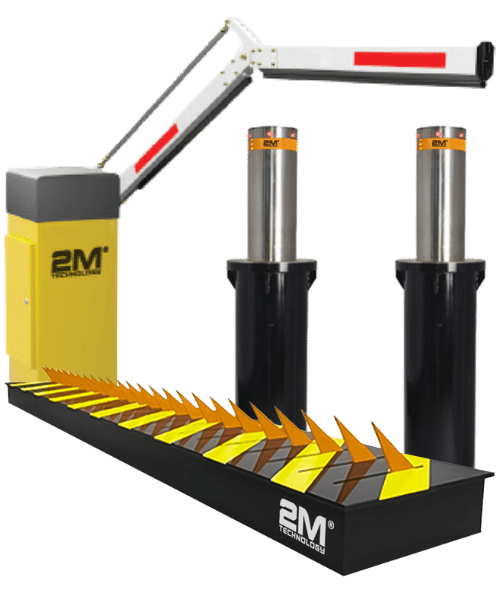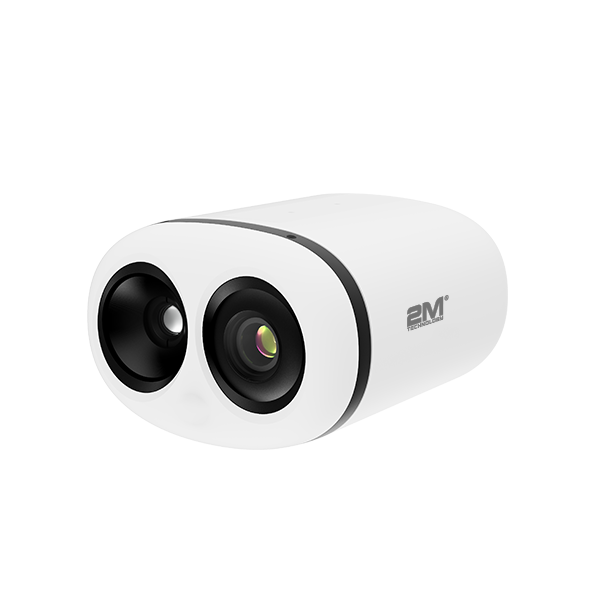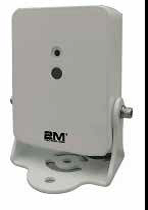What Does Thermal Imaging Look Like?
Thermal cameras do not operate in the spectrum of visible light. They use infrared light, more specifically, LWI (long-wavelength infrared). These cameras do not record in color, even though the color is used for an easier read of the thermal data. Thermal cameras record temperature information for every pixel of the image. They do this instead of color information and use software to turn this data into something visual and easy to evaluate. As a result, you get a strange-looking image where different colors represent different temperatures.
Thermal imaging cameras do not record visual information. They only record thermal information. This is especially accurate if you have a low-resolution thermal imager, which is the case for most affordable retail cameras. The more detailed cameras work by having thermal camera manufacturers adding a second camera that works in a visual light spectrum. It has a higher resolution than a thermal camera. They combine the two images to produce a clearer thermal image at a higher resolution.
Infrared
Thermal cameras record infrared radiation that comes from objects and save them as temperature information. This means that the pixels do not have RGB values, but instead has temperature value. Think of it as a grayscale image that the lighter a pixel is, the hotter it is. A common misconception is that thermal imagers are the exact same thing as infrared cameras. They work on the infrared spectrum, but they are not the same thing.
The term infrared camera is normally used to describe security cameras or regular digital cameras that have night vision and are sensitive in the near-infrared region of the electromagnetic spectrum (700nm to 1000nm). Thermal imaging cameras work at a higher part of the infrared range or the LWI region. Regular digital cameras aren’t sensitive enough to reach close to this region. This is one of the reasons why these cameras are a lot more expensive than regular digital cameras.
Tracking Illness
Since Ebola and SARS, airports have been using strict policies for screening for illness. Not every airport uses heat scanners, but most are bringing them out. Thermographic cameras can be a useful tool in health emergencies, like virus outbreaks. They are safe to use and don’t emit any hazardous radiation. Screening passengers is typically used with an AI which can identify at-risk passengers. These cameras do not detect the virus, but they detect people showing signs of a fever. A fever is a strong indication of a viral infection. These systems are also contactless, which helps keep the screeners safe.
Corona Virus Buster Dual-Sensor Thermal IP Camera 2MTIP- 8060
Human Body Temperature Measurement Metal Security Walk-through
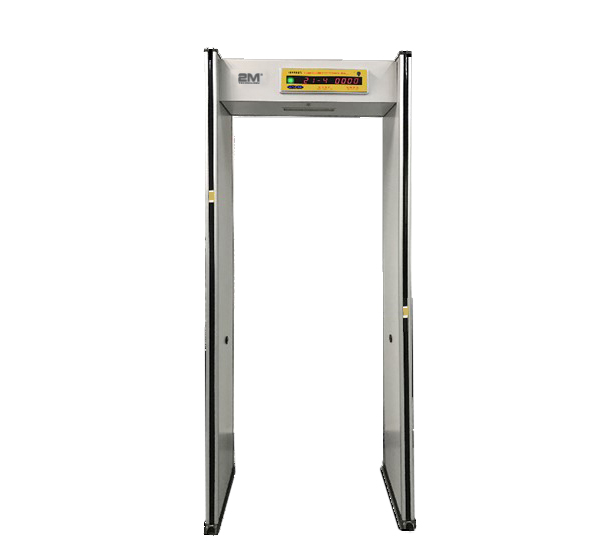
Metal Detector
Easy to set up and use.
Temperature can be measured on the wrist or forehead
Sensors are located at different heights on both sides for people of different heights
Temperature measurement distance: 4-8cm, error <0.5˚C
Non-contact detection to avoid cross-infection
Portable Thermal Imager 2MTHPH-1612
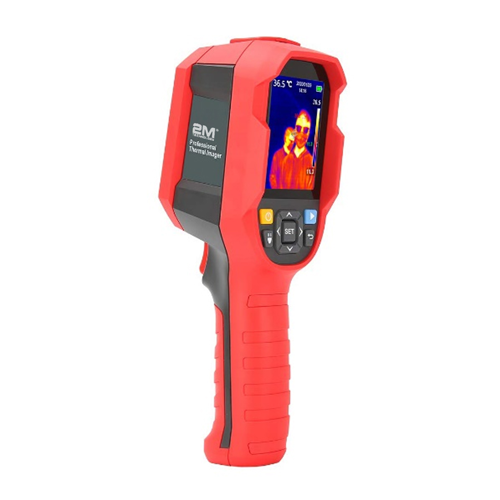
Range of temperature measurement: 30˚C~45˚C
Accuracy: ±0.5˚C
Point temperature measurement
Type-C USB interface for lithium battery charging
Face Recognition Access Control Terminal with Digital Temperature Measurement Module
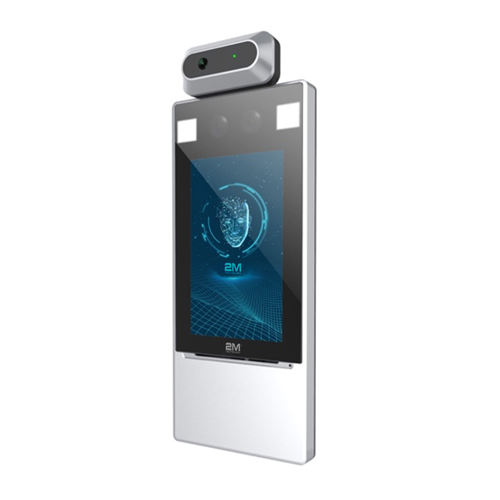
Detects people with abnormal body temperature
Verifies personnel information and detects their temperature
Set temperature detection settings
Measurement range is between 30˚C to 45˚C,
Accuracy can reach 0.1˚C, measurement deviation is less than or equal to 3˚C
Measurement distance is 1 meter
Learning algorithm
Face recognition accuracy rate > 99%, false rate <1%
If you’re interested in any of these products and would like additional information, contact us today!
